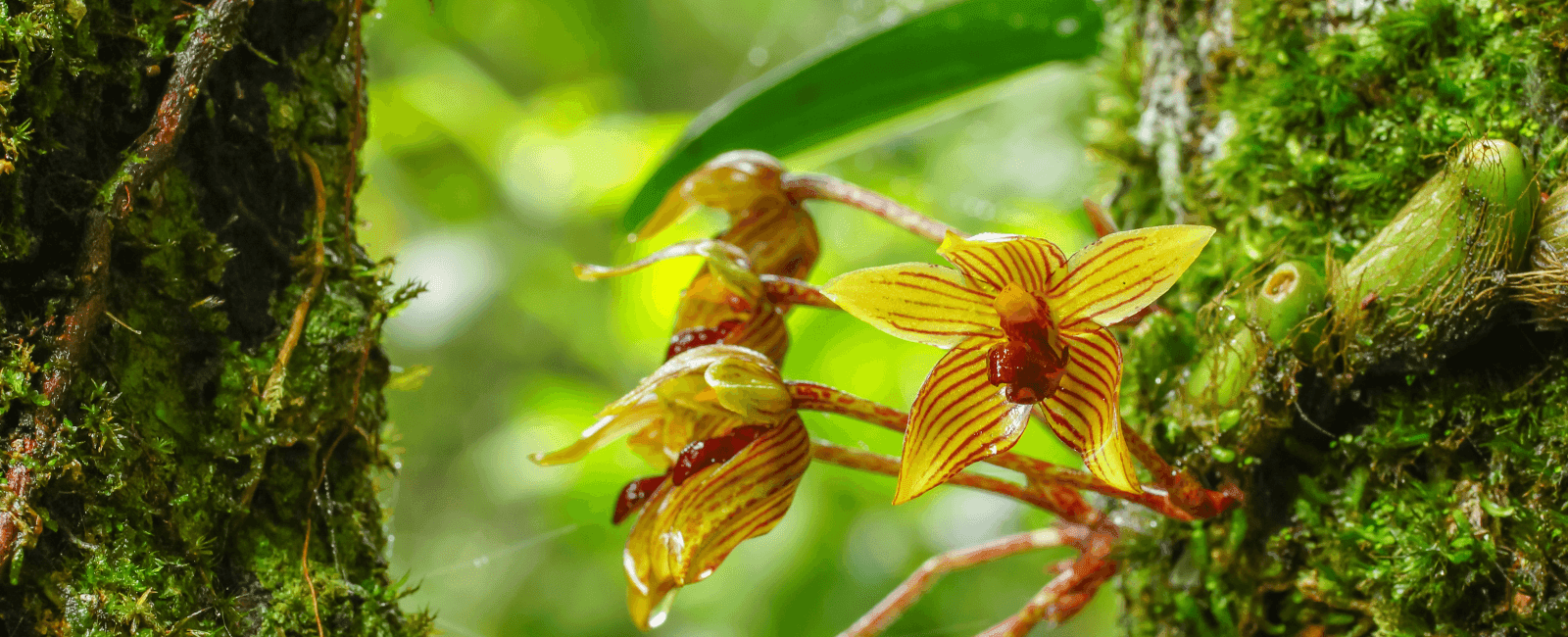

Orchids, with their vast array of intricate shapes and vibrant colors, represent one of Earth’s most diverse flowering plant species, the Orchidaceae, with over 28,000 species. Yet these beloved flowers are under threat, with numerous species facing the risk of extinction due to overcollection, habitat loss, and environmental changes. Crucial to their survival is their symbiotic relationship with mycorrhizal fungi, which are essential for nutrient uptake and successful germination. Researchers have found that specific strains of these fungi could drastically help in efforts to conserve endangered orchids and enhance their resilience. These findings not only deepen our understanding of the ecological interactions vital for orchid survival but also pave the way for innovative conservation tactics that could transform how orchids are cultivated and preserved worldwide.
The relationship between orchids and fungi
Orchids own much of their survival to a critical yet hidden partnership with mycorrhizal fungi. Since orchid seeds are incredibly tiny and lack the nutrient stores typical of larger seeds, they depend heavily on these fungi for their germination and early development. Right from the very beginning of an orchid’s lifecycle, the fungi infiltrate the seed’s outer layer and provide the vital nutrients that the seed itself cannot store.
In exchange, the fungi are compensated with sugars produced by the orchid during photosynthesis. This partnership between the two organisms ensures the orchid’s survival in challenging environments and enhances its ability to withstand diseases and pests.
Mycohrizzal fungi tend to be very specialized in their connections and will only associate with certain types of plants. Each orchid species usually partners with particular kinds of fungi, so the conservation of these certain fungal species in their natural habitat is crucial to protecting the orchids from extinction. If these specific fungal partners are lost due to environmental changes or habitat destruction, the orchids may fail to reproduce and sustain their populations.
Finding the most effective fungi for seed germination
In an effort to support orchid conservation and enhance cultivation practices, researchers have focused on identifying the most effective fungi for seed germination, particularly for Phalaenopsis japonica, a popular yet vulnerable orchid species native to East Asia.
After collecting various mycorrhizal fungi from the orchid’s natural habitat, the researchers paired isolated fungi with orchid seeds in controlled conditions to directly observe the effects on germination and early development. This approach allowed them to understand which fungi were most beneficial by measuring growth rates, survival rates, and overall health of the seedlings.
Then, using advanced genetic analysis, the researchers identified and categorized the fungi to determine which ones were naturally more effective at aiding orchid growth. This genetic profiling also helped to discover potentially new mycorrhizal partners that may have been overlooked in past conservation efforts.
Furthermore, researchers found that the fungal communities associated with P. japonica vary depending on the location and type of host tree, suggesting that both environmental conditions and host tree species influence fungal associations. As a result, the complexity of fungal-orchid interactions underscores the significance of considering the ecological context in conservation strategies (1).
The future of orchid conservation
In the face of environmental pressures endangering orchid survival, understanding these symbiotic relationships allows conservationists to introduce orchids back into the world with the best chance for survival. By ensuring that these reintroduced orchids are paired with the right fungal partners, scientists can enhance their survival ability, ultimately supporting the restoration of natural orchid populations.
The next steps in this form of orchid conservation involve expanding this research and its applications. Ongoing efforts to map specific fungal partners could help a broader range of orchid species, particularly those most at risk of extinction, offering a hopeful outlook for orchids across the globe.
References
- Chamara, R. M. S. Ruwan, Kento Rammitsu, Mutsumi Minobe, Akihiko Kinoshita, Nobuhiko Kotaka, Tomohisa Yukawa, and Yuki Ogura-Tsujita. 2024. “Mycorrhizal Fungi of Phalaenopsis Japonica (Orchidaceae) and Their Role in Seed Germination and Seedling Development.” Diversity 16 (4): 218. https://doi.org/10.3390/d16040218.


